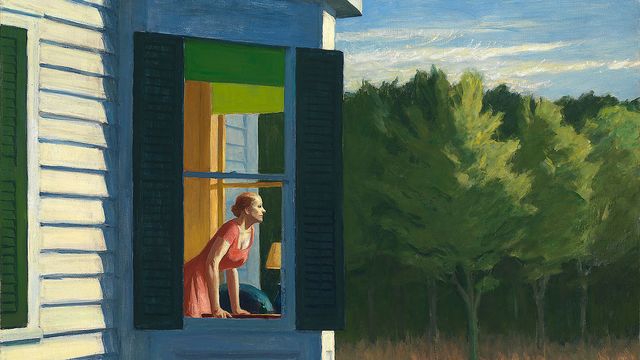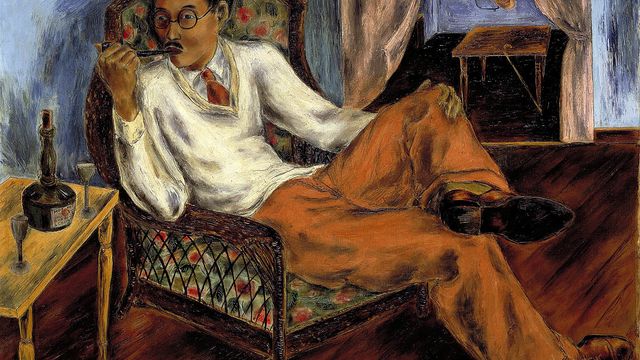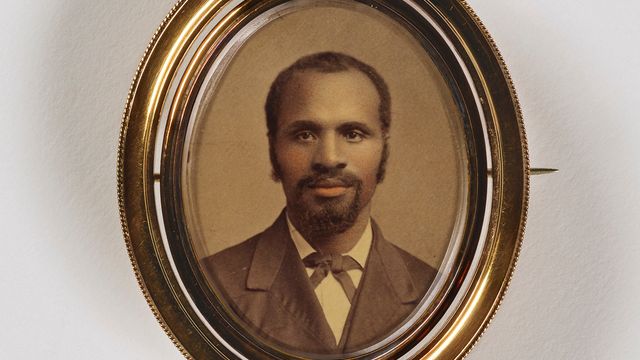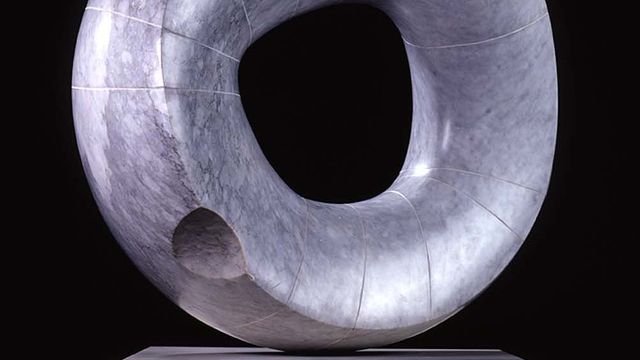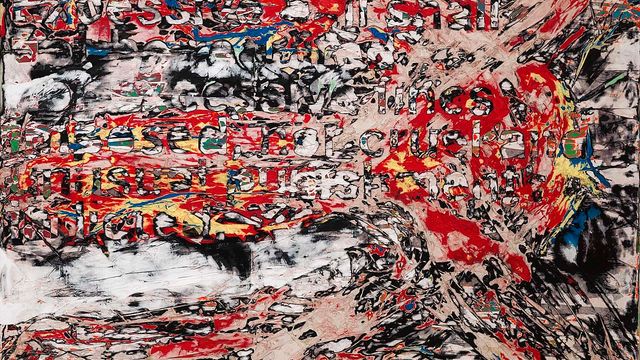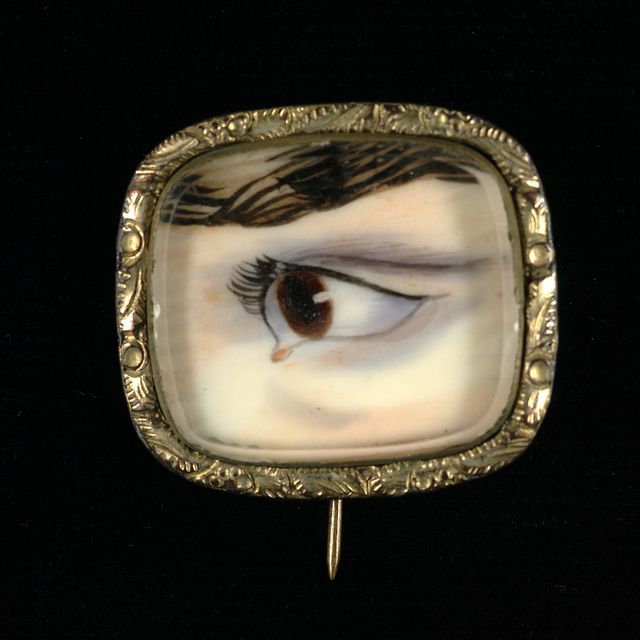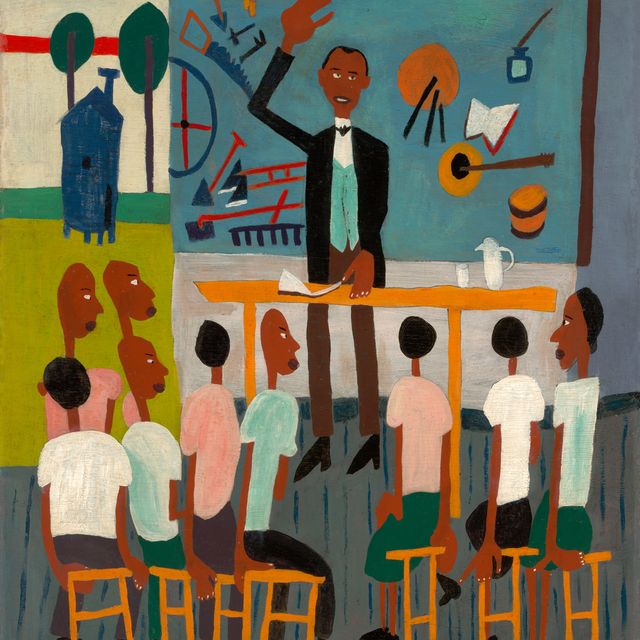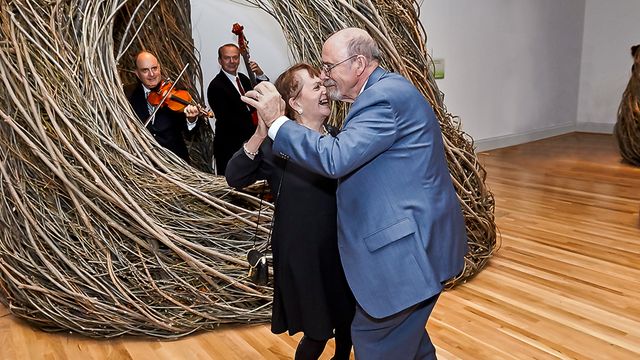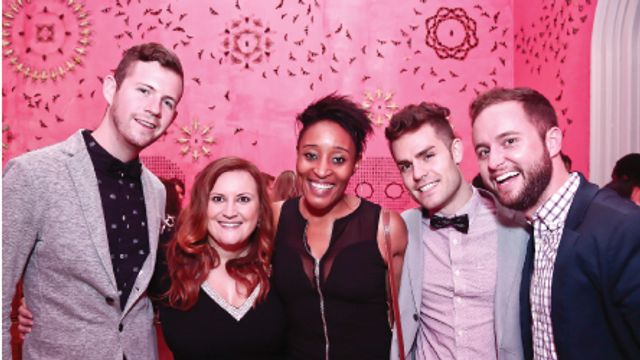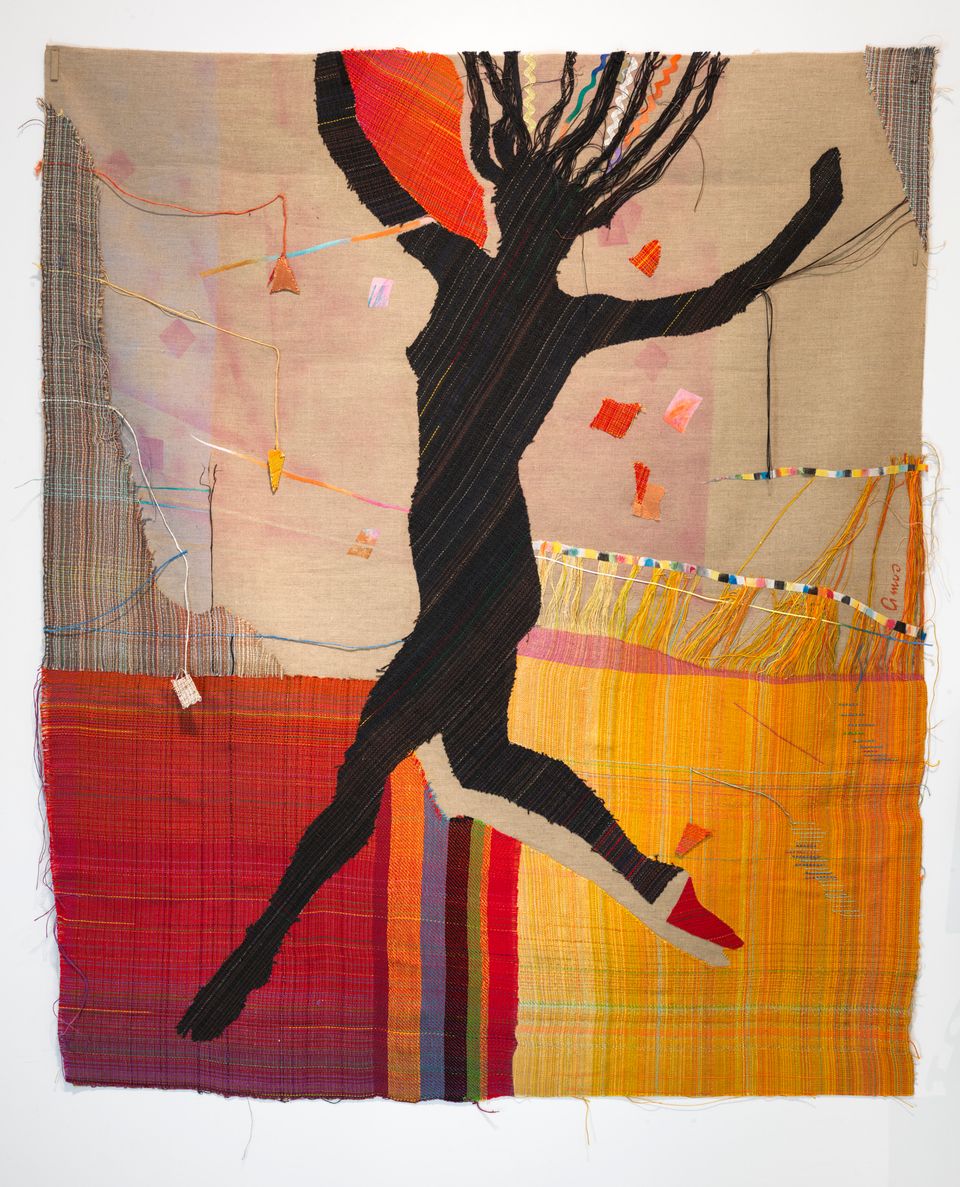Miriam Schapiro

Photograph of Miriam Schapiro with her work, ca. 1981. Photo by Ellie Thompson. Miriam Schapiro scrapbooks, 1951-1981, Archives of American Art, Smithsonian Institution
- Born
- Toronto, Ontario, Canada
- Died
- Hampton Bays, New York, United States
- Active in
- New York, New York, United States
- Biography
"I began to see myself as another kind of artist, as a woman artist, very much connected to those women who had made quilts, who had made samplers, who had done all of that women’s work throughout civilization, who are not honored, but whom I honor, and I honor them by continuing their tradition. The difference is that I don’t work with sewing; I’m a painter and I work on canvas, and I work in their tradition."
–– Miriam Schapiro, 1974
Miriam Schapiro was an artist who created paintings, sculptures, prints, and multimedia collages that address and complicate the seemingly rigid and gendered division between “fine art” and “craft.”
After earning a BFA and MFA at the University of Iowa, Schapiro moved to New York City in 1952. Immersed in the male-dominated social spaces of the New York School, Schapiro began to “learn the game” of “making it on the art scene” in which “women were to wait until tapped by the men.” She gained recognition by adapting the dominant gestural abstract style of the period into her colorful, sensuous paintings and was the first woman to have a solo exhibition at André Emmerich Gallery in 1958.
By the early 1960s, her compositions began to feature a geometric box motif, which Schapiro viewed as reflecting a feminine self. In 1967, Schapiro moved to California and became a lecturer at the University of California, San Diego. There, she met computer physicists and commissioned a custom program to transfer her drawings into digitally rendered distortions she further reinterpreted in painting.
In 1971, Schapiro and Judy Chicago founded the Feminist Art Program at the California Institute of the Arts. Their courses encouraged students to ground their practice in personal experiences. The first year culminated in an influential exhibition held in a house-turned-environmental art space titled “Womanhouse,” where Schapiro debuted Dollhouse (1972, SAAM). The exhibition and newfound feminist community were transformative. Schapiro began celebrating women’s experiences and histories and inaugurated her signature “femmages,” collages that feature “feminine” materials such as lace and aprons.
Schapiro returned to New York City in 1974 and soon became central to what art critics termed the “pattern and decoration movement.” As she described, these artists challenged the mainstream art world’s trivialization of the decorative by radically engaging forms traditionally labeled as domestic, feminine, or ornamental. Throughout the 1970s and 1980s, Schapiro continued her opulent “femmages” on large canvases––some shaped as hearts and fans, others adorned with beads like Wonderland (1983, SAAM).
Schapiro’s commitment to feminism extended into her writing and lectures across the United States, which earned her the nickname “Mimi Appleseed.” In the 1990s, Schapiro’s desire to connect with other women continued. She researched historical women artists to create “collaborations,” such as Popova, from the portfolio Delaunay, Goncharova, Popova and Me (1992, SAAM). Schapiro remarked on the women’s movement’s significance to her career: “It was the first time in my life that I saw what it meant to be connected to other people, and as time went on, I realized how much I had to give.”
Authored by Gabriella Shypula, American Women’s History Initiative Writer and Editor, 2024.
- Luce Artist Biography
Miriam Schapiro earned her master of fine arts degree at the University of Iowa in 1949 and in 1952 moved to New York City with her husband, the artist Paul Brach. In Manhattan, Schapiro discovered that women artists were not taken seriously by the male-dominated abstract expressionist movement. Schapiro’s abstract paintings of the 1950s won her some recognition by museums and galleries, but she struggled for decades with her identities as a wife, mother, and professional painter. In the 1970s she collaborated with the artist Judy Chicago on Womanhouse, the mansion famously transformed by a women’s art cooperative into a gigantic installation of feminist art. Schapiro’s “femmages,” her assemblages of scraps of fabric, buttons, lace, and other “feminine” tokens, appear in major American museums. The artist has been awarded fellowships and grants from many institutions, including the National Endowment for the Arts, the Rockefeller Foundation, and the Ford Foundation.
Videos
Exhibitions
Related Posts







